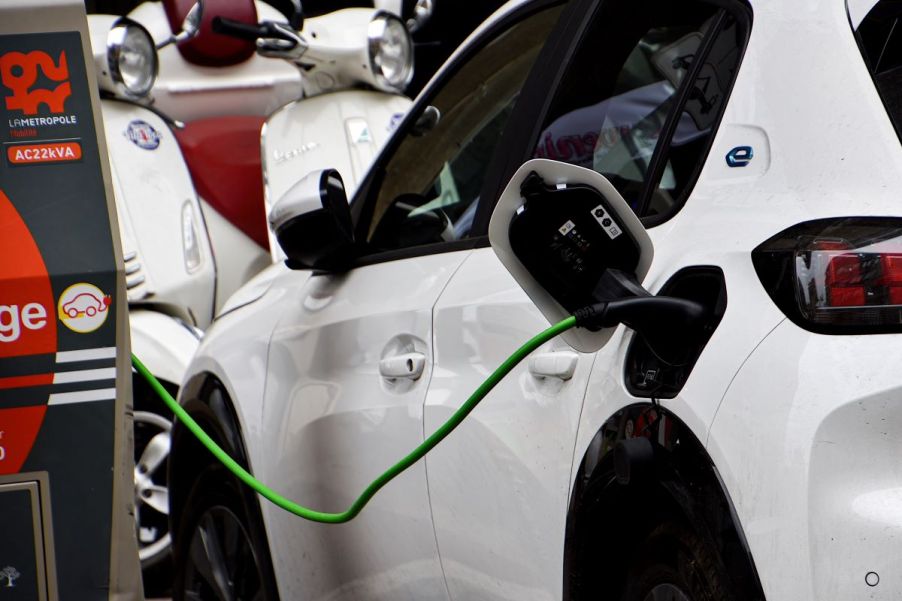
Having This Medical Condition Makes Owning an Electric Car a Risky Idea
Electric vehicles, just like their gas-powered counterparts, are put through the most rigorous of safety tests. While they are incredibly safe to operate and drive, there will still be a few potential risks and hazards. You know the devastating power any vehicle can cause in a crash. But did you know some EVs could be bad for your health, particularly a pacemaker?
You might be ready to start test driving an EV for yourself, with the hopes of bringing one home. But if you have a pacemaker, you might want to take some additional precautions. For some consumers with pacemakers, owning an EV may be out of the question.
The basics behind charging an EV

As many studies have proven, having a pacemaker while riding in an EV isn’t necessarily an issue. The heart of the problem lies with the act of charging an EV or plugging it into charging stations. Before diving into the science behind the pacemaker and potential charging station interference, here’s what you can expect regarding how to charge an EV.
Pod-Point provides one of many online guides for understanding the basics behind charging station operation. Charging your EV means finding a charging point, whether it be out and about or at home in your garage. Sometimes you might have to use your charging cable, so you’ll need to keep those handy.
Most EV owners will try to park near chargers publicly, even if they’re not low on power, to “top off” their charges whenever they can. In some longer-distance driving adventures, fast chargers are available, which offer much higher-powered charging for quicker surges of power to EV batteries.
Wherever you find a place to plugin, you’ll need to activate the charging action. This can sometimes begin upon plugging in, while other stations require an app activation or RFID card.
Potential risks for charging EVs when you have a pacemaker
As Guide Auto Web points out, those consumers with pacemakers or other cardiovascular implants already know to be cautious around any devices responsible for generating magnetic fields or electromagnetic pulses. In general, metal detectors and cell phones could present risks. So, it only makes sense to proceed with caution around charging stations and specific EVs.
The BC Medical Journal published its findings after studies regarding pacemaker clients or cardiac implantable devices (CIEDs) and EVs. These heart devices are susceptible to interference from electromagnetic charges. However, there doesn’t appear to be interference for consumers with pacemakers charging their EVs at lower power charging stations.
The high-powered electric charging stations have not been extensively studied yet to provide decisive conclusions. Although most professionals advise, that patients with CIEDs should take necessary precautions around those fast-charging environments. And there are additional steps consumers with pacemakers should take to ensure they’re safe during any EV charging activity.
What precautions should pacemaker consumers take with EVs?
If you have a CIED or pacemaker device, don’t assume you can’t also be an EV owner. You can, as Green Car Reports shares. And driving your EV, based on published studies, won’t likely affect your “ticker.” However, just as you take precautions around other electronic devices, you should also be mindful of EV charging stations. The home unit you have will typically be a slow charge activity. But those fast-charging stations, capable of surging higher frequencies, might be more dangerous to your pacemaker device. If you want to be entirely sure you don’t experience an interference event, have someone else with you to handle the plugging in and activation of a charger.
Of course before you buy an EV, consult your cardiologist to help answer any specific questions about your precise condition and implanted devices. But owning and driving an EV won’t likely be a concern, as long as you take the necessary safety precautions during charging.


